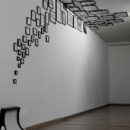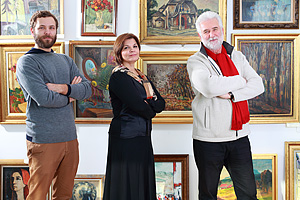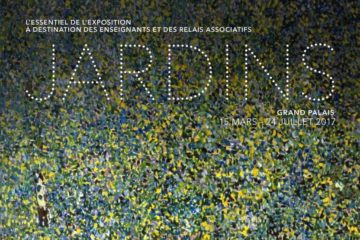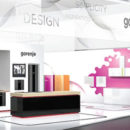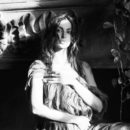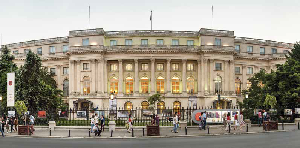
The National Museum of Art of Romania
Călin Stegerean is the Director of the National Museum of Art of Romania, cultural manager, graphic artist, scenographer, curator, art critic and organizer of more than 50 Romanian contemporary art exhibitions. He answered our questions when he just started the 5 year mandate in managing the most important Romanian art museum. The interview shall reveal the cultural development strategy of the museum for the future years, the organizational concept of large scale international exhibitions at the National Art Museum and his view on the image of Romanian contemporary art in the international context.
What are the novelty elements you have brought into the program of the Cluj museum?
I setup a demanding exhibition program in which we have only included top projects, for example the display of Cluj`s new vague artists, with works signed by Adrian Ghenie, Mircea Cantor, Șerban Savu, Ciprian Mureșan, Cristian Pogăcean; a series art show for three consecutive years that had presented the Cluj School artists from the interwar period up to the present; the Parti-pris program, where we have invited curators from other fields than plastic arts and who have organized exhibitions displaying works included in the museum’s patrimony (artist Ciprian Muresan, art critic Erwin Kessler, theater critics George Banu, Director Gabor Tompa), author exhibitions of artists Horea Paștina, Horia Bernea, Ion Grigorescu, Paul Neagu, Ioan Sbârciu (his first personal exhibition at this museum), Petru Lucaci, Călin Dan or the important German artist Sigmar Polke, at the same time with a great retrospective of his work organized at MOMA New York.
After that we had the conference program called Open lesson, with guests like Ileana Pintilie, Mircea Muthu, Regis Michel – head of preservation department at Louvre Museum, Subreal group and many others. We have, for the first time since 1990, carried out some systematic restoration works of the painting patrimony and we have organized the first ever exhibition of this museum abroad – Cluj School of Art in Ploland. We have developed interdisciplinary projects, such as the one awarded by ICOM Romania De gustibus et coloribus… produced together with Mircea Dinescu and some other projects together with the Opera and National Theater in Cluj-Napoca, the University of Artă and Design in Cluj. We have introduced new ways to promote the activities of the museum, and some of them are also used today. Thus the museum increased its visibility in the classical and online environments.
What elements of your previous projects are you incorporating into the MNAR project?
I am putting in a type of management that is emphasizing team work and undertaking responsibilities at each and every level, developing projects that are aligned to the present demands of international museography and interdisciplinary principles and are connected to the area of culture that is able to contribute to the valorization of the real and virtual patrimony. We have “exported” here, because it was necessary, the program called Museum Nocturne that allows the public to visit the museum until 10 pm every last weekend of the month; it is a program that we mostly promote online by producing a weekly newsletter regarding the MNAR activities and developing an efficient marketing strategy. We have brought in the project of a coffee shop inside the MNAR and we have developed some activities to interact with the public at round tables, debates, conference etc.
——————————————————————————————————————————–
Continue reading in The Art of Living no. 16, an issue dedicated to contemporary art. DOWNLOAD


